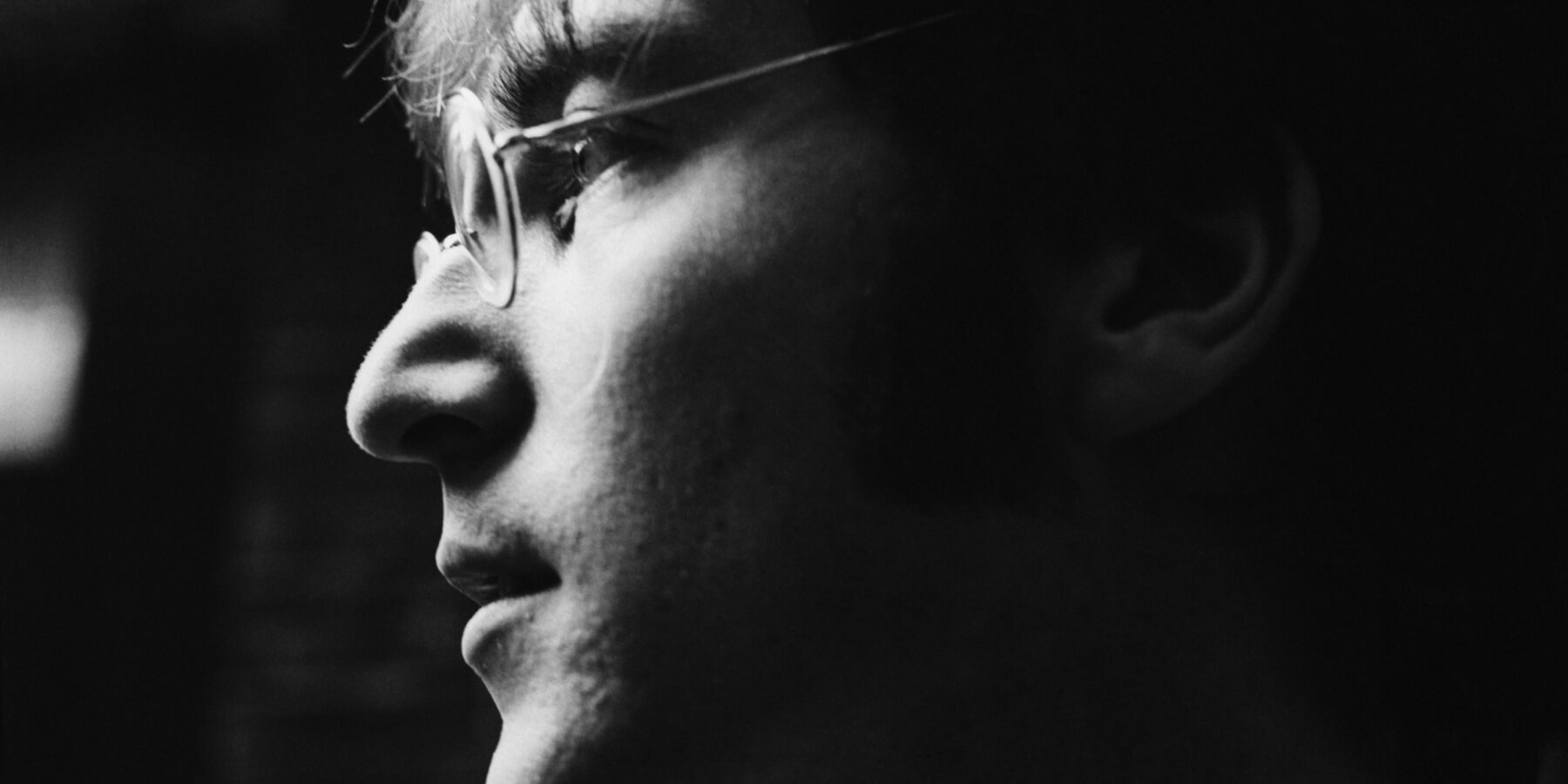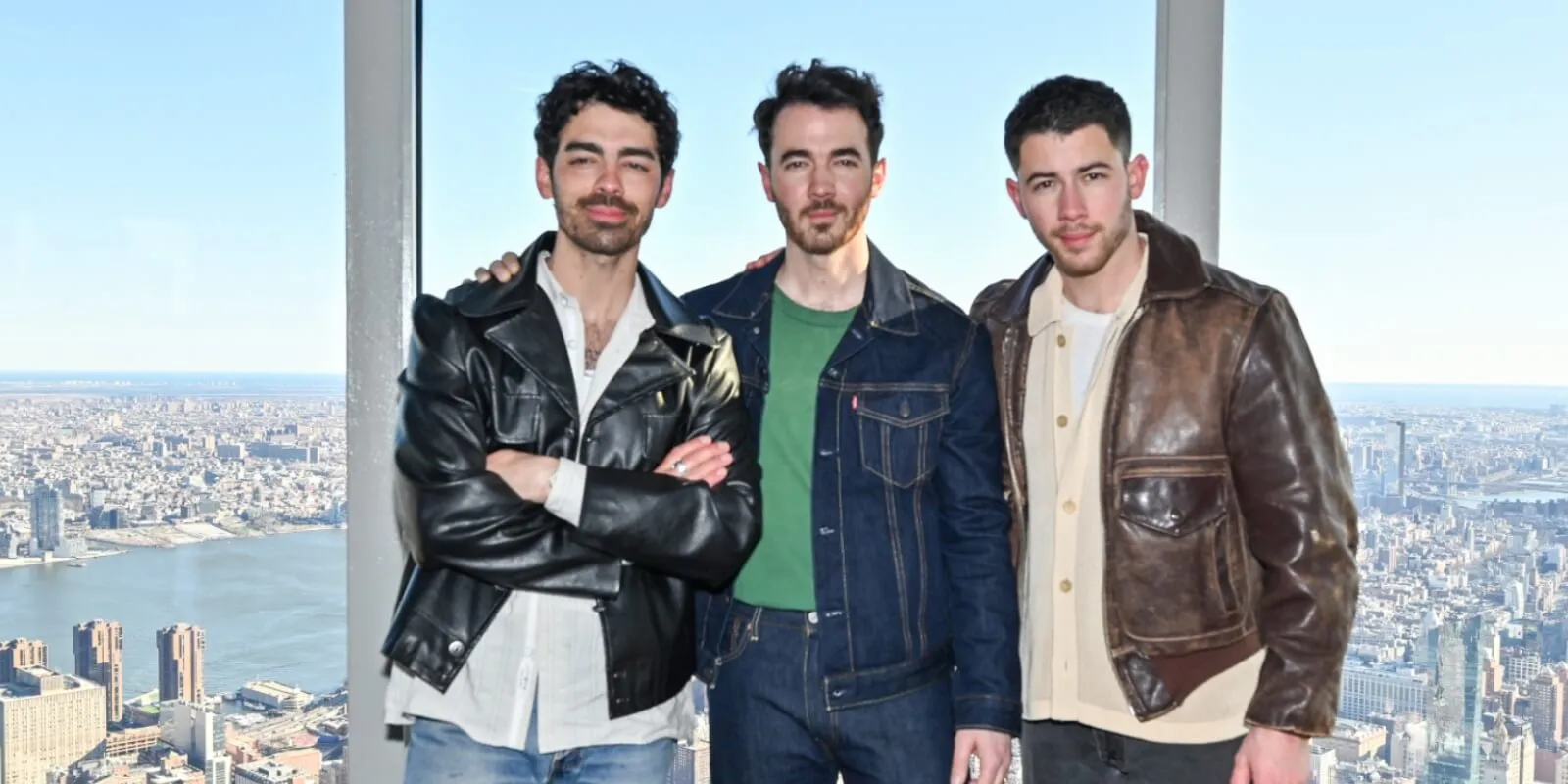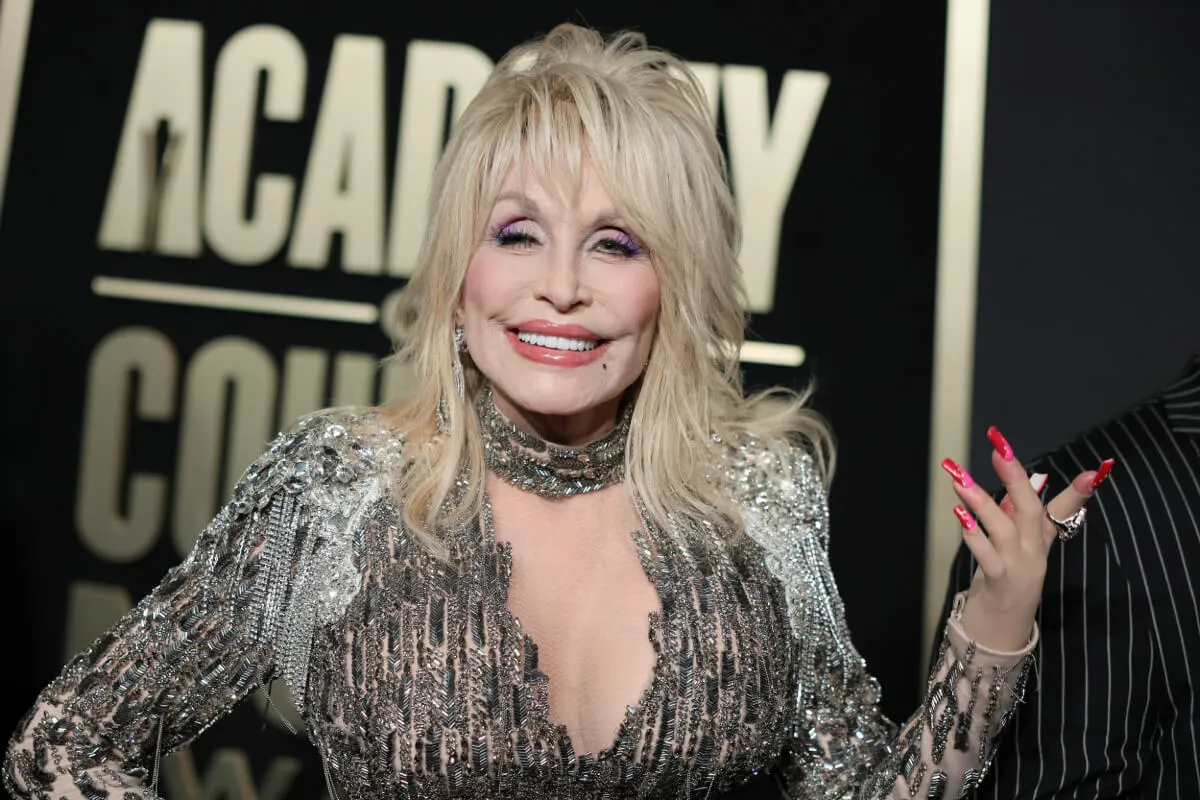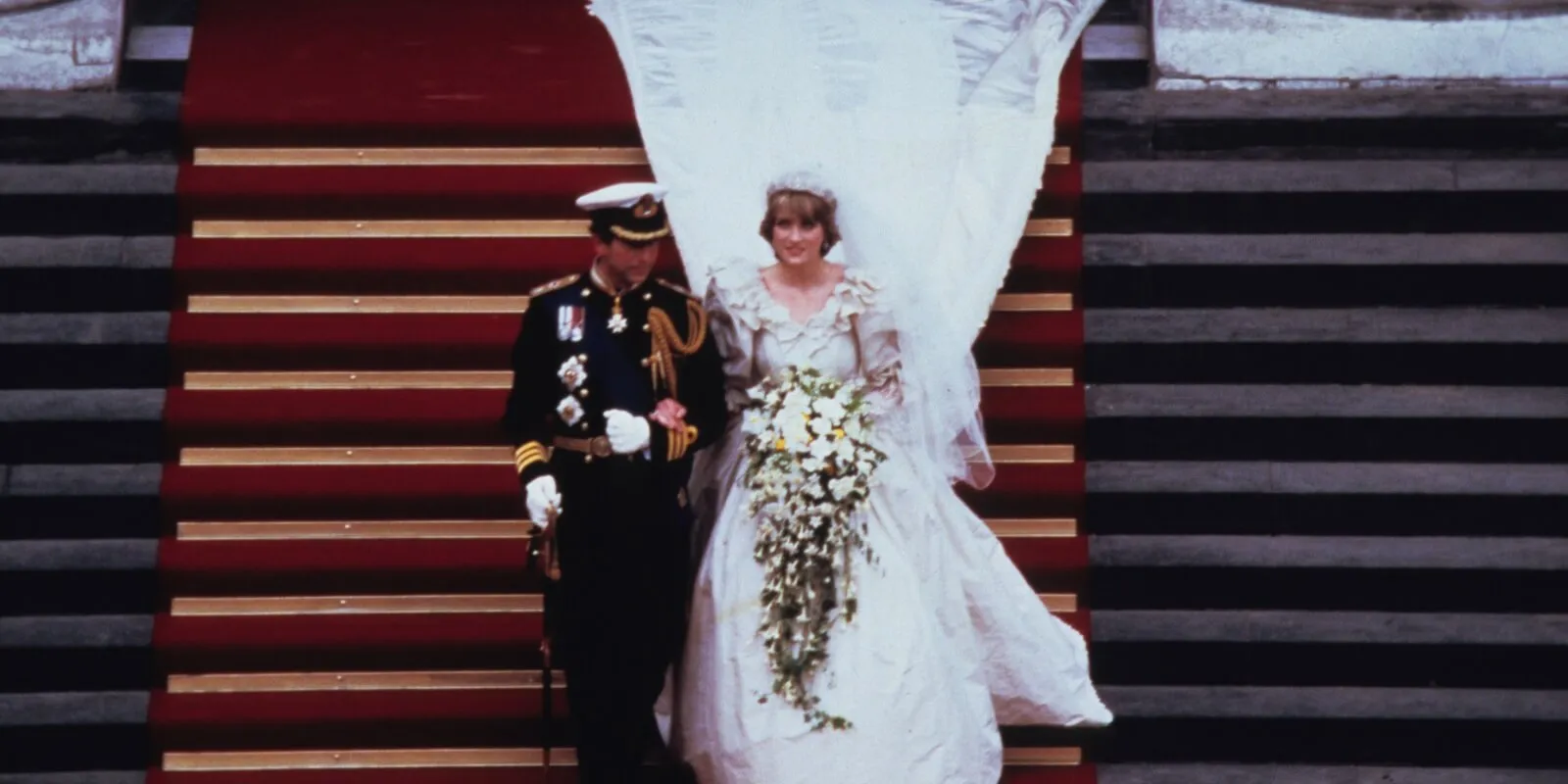
John Lennon’s Eyeglass Maker Refused to Capitalize on Beatles Star’s Death After Seeing Blood-Splattered Spectacles on ‘Seasons of Glass’
One year before John Lennon was killed in front of his New York City home, eyeglass maker Masami Shirayama met the former Beatles star in Tokyo. Lennon liked a series of frames he designed and asked them for several pairs to be made to his specifications. However, the joy of sharing his designs with Lennon was shattered when, one year after Lennon’s death, Shirayama saw the cover of Yoko Ono’s Seasons of Glass. After seeing Lennon’s blood-splattered spectacles, he refused to capitalize on his death and quickly took action.
John Lennon wore Mayfair frames on the day of his death
On Dec. 8, 1980, John Lennon was putting the finishing touches on recording “Walking On Thin Ice” at the New York City recording studio, Record Plant. It was an ordinary but busy day for Lennon and his wife, Yoko Ono, filled with interviews and photo shoots.
However, after arriving at the Dakota apartments just after 10:45 p.m., David Chapman, who asked Lennon for an autograph earlier in the evening outside the home, shot and killed Lennon on the street in front of his home.
Lennon was wearing a pair of Mayfair frames he purchased during his trip to Tokyo in the summer of 1979 at the time of his death. The blood-splattered glasses took a prominent spot in pop music history as the featured subject for the cover of Yoko Ono’s Seasons of Glass album.
The glasses maker, Masami Shirayama, subsequently saw a poster advertising the album at a record shop in Tokyo’s Shibuya district. The Mayfair frames he designed were covered in blood.
Shirayama decided then and there to stop selling the frame. He reportedly couldn’t bear the thought of profiting from Lennon’s death.
John Lennon favored these glasses during the last months of his life
John Lennon met Masami Shirayama in August 1979 at the top floor of the Hotel Okura Tokyo. Lennon had seen samples of the spectacles in a Tokyo store and was interested in having some glasses made.
After showing Lennon 15 different frames from his four original models, the Beatles songwriter and singer chose three frames in brown, yellow, and transparent. Just two days later, Shirayama showed Lennon colored lens samples, finally completing the glasses for Lennon before the end of his Tokyo trip.
Lennon tried on the finished glasses on Aug. 24, 1979. He told Shirayama the glasses were “good.”
“He talked about resuming a concert tour from Tokyo. So I thought that there might come a time when he performed wearing the glasses,” Shirayama said.
John Lennon’s Mayfair glasses have become synonymous with the day of his death
Six months after John Lennon’s death, Yoko Ono released the album Seasons of Glass. The release is a tribute to Lennon and is colored by his death.
The cover art for the album was haunting and controversial for its time. It features the blood-stained glasses Lennon wore the day he was killed. They were photographed in front of a clear glass window in his Dakota apartment, next to a half-empty glass of water, with New York’s Central Park in the background.
In the 1992 comprehensive collection of Ono’s work titled Onobox, she discussed the cover of Seasons of Glass. Thus, she defended putting Lennon’s glasses front and center.
“I used a photo I took of John’s blood-stained glasses on the record cover. The record company called me and said the record shops would not stock the record unless I changed the cover. I didn’t understand it. Why? They said it was in bad taste,” she shared.
She concluded, “I felt like a person soaked in blood coming into a living room full of people and reporting that my husband was dead, his body was taken away, and the pair of glasses were the only thing I had managed to salvage – and people looking at me saying it was in bad taste to show the glasses to them. “I’m not changing the cover. This is what John is now.”
John Lennon died on Dec. 8, 1980. He was 40.


